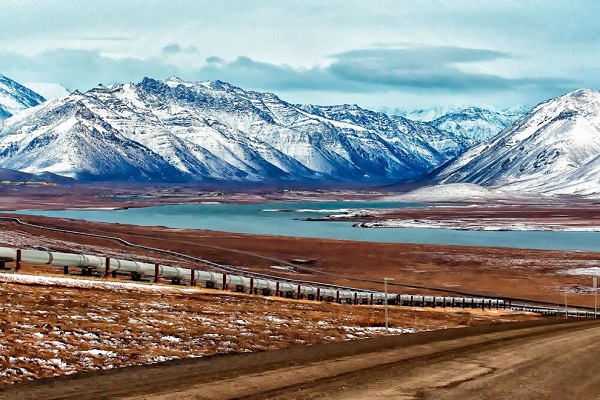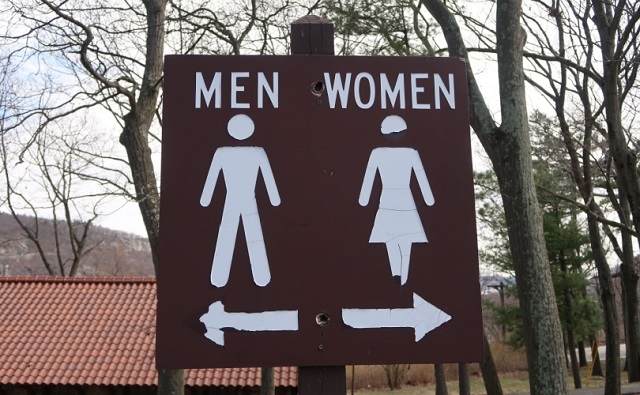Alberta
Province closing Gregoire Lake Park due to falling trees

Gregoire Lake Provincial Park closing early
Gregoire Lake Provincial Park is closed for the remainder of the season after winds caused more than 100 trees to fall.
Very wet conditions this year and fire-damaged soils from the 2016 Fort McMurray wildfire are causing healthy-looking trees at Gregoire Lake to fall down, even in moderate winds.
On Aug. 21, gusts of about 60 km/h caused more than 20 healthy-looking trees to fall across the park access road. Another 100 trees have fallen elsewhere in the park. Parks staff took immediate action to safely evacuate the park.
“We are looking at all options to ensure that we can offer a safe and reliable service to park users. Although our decision to close the park will affect camping opportunities for the last few weeks of summer, our top priority is always the safety of Albertans.”
Gregoire Lake Provincial Park was severely affected by the 2016 Fort McMurray wildfire. After the fire, parks staff focused on clearing dead and fire-affected trees. Areas with visibly healthy trees were not mitigated to the same extent because the trees appeared to be in good condition. These areas, previously considered safe, now need to be thoroughly evaluated.
Over the coming months, government will examine how fire-affected areas in the park can be restored safely. Work is anticipated to be complete in time for the 2020 camping season.
Quick facts
- Falling trees in parks can cause severe injury or death, as well as property damage.
- A notice about a temporary closure was issued on Aug. 22 at AlbertaParks.ca
- Historically, Gregoire Lake remains open for camping until Thanksgiving.
Alberta
Alberta government should eliminate corporate welfare to generate benefits for Albertans

From the Fraser Institute
By Spencer Gudewill and Tegan Hill
Last November, Premier Danielle Smith announced that her government will give up to $1.8 billion in subsidies to Dow Chemicals, which plans to expand a petrochemical project northeast of Edmonton. In other words, $1.8 billion in corporate welfare.
And this is just one example of corporate welfare paid for by Albertans.
According to a recent study published by the Fraser Institute, from 2007 to 2021, the latest year of available data, the Alberta government spent $31.0 billion (inflation-adjusted) on subsidies (a.k.a. corporate welfare) to select firms and businesses, purportedly to help Albertans. And this number excludes other forms of government handouts such as loan guarantees, direct investment and regulatory or tax privileges for particular firms and industries. So the total cost of corporate welfare in Alberta is likely much higher.
Why should Albertans care?
First off, there’s little evidence that corporate welfare generates widespread economic growth or jobs. In fact, evidence suggests the contrary—that subsidies result in a net loss to the economy by shifting resources to less productive sectors or locations (what economists call the “substitution effect”) and/or by keeping businesses alive that are otherwise economically unviable (i.e. “zombie companies”). This misallocation of resources leads to a less efficient, less productive and less prosperous Alberta.
And there are other costs to corporate welfare.
For example, between 2007 and 2019 (the latest year of pre-COVID data), every year on average the Alberta government spent 35 cents (out of every dollar of business income tax revenue it collected) on corporate welfare. Given that workers bear the burden of more than half of any business income tax indirectly through lower wages, if the government reduced business income taxes rather than spend money on corporate welfare, workers could benefit.
Moreover, Premier Smith failed in last month’s provincial budget to provide promised personal income tax relief and create a lower tax bracket for incomes below $60,000 to provide $760 in annual savings for Albertans (on average). But in 2019, after adjusting for inflation, the Alberta government spent $2.4 billion on corporate welfare—equivalent to $1,034 per tax filer. Clearly, instead of subsidizing select businesses, the Smith government could have kept its promise to lower personal income taxes.
Finally, there’s the Heritage Fund, which the Alberta government created almost 50 years ago to save a share of the province’s resource wealth for the future.
In her 2024 budget, Premier Smith earmarked $2.0 billion for the Heritage Fund this fiscal year—almost the exact amount spent on corporate welfare each year (on average) between 2007 and 2019. Put another way, the Alberta government could save twice as much in the Heritage Fund in 2024/25 if it ended corporate welfare, which would help Premier Smith keep her promise to build up the Heritage Fund to between $250 billion and $400 billion by 2050.
By eliminating corporate welfare, the Smith government can create fiscal room to reduce personal and business income taxes, or save more in the Heritage Fund. Any of these options will benefit Albertans far more than wasteful billion-dollar subsidies to favoured firms.
Authors:
Alberta
Official statement from Premier Danielle Smith and Energy Minister Brian Jean on the start-up of the Trans Mountain Pipeline

-

 Opinion1 day ago
Opinion1 day agoMisleading polls may produce more damaging federal policies
-

 International23 hours ago
International23 hours agoTrump campaign says he will pardon Jan. 6 prisoners on ‘case-by-case basis’ if re-elected
-

 conflict23 hours ago
conflict23 hours agoNYPD says protesters had weapons, gas masks and ‘Death to America!’ pamphlets
-

 illegal immigration14 hours ago
illegal immigration14 hours agoBiden’s DOJ Threatens To Sue Another State For Enforcing Immigration Law
-

 Economy13 hours ago
Economy13 hours ago‘Gambling With The Grid’: New Data Highlights Achilles’ Heel Of One Of Biden’s Favorite Green Power Sources
-

 Energy2 days ago
Energy2 days agoHouses passes bill to protect domestic oil production, protect Iñupiat community
-

 Energy2 days ago
Energy2 days agoNet Zero’s days are numbered? Why Europeans are souring on the climate agenda
-

 Opinion2 days ago
Opinion2 days agoQuebec’s ban on gender-neutral bathrooms in schools is good news









